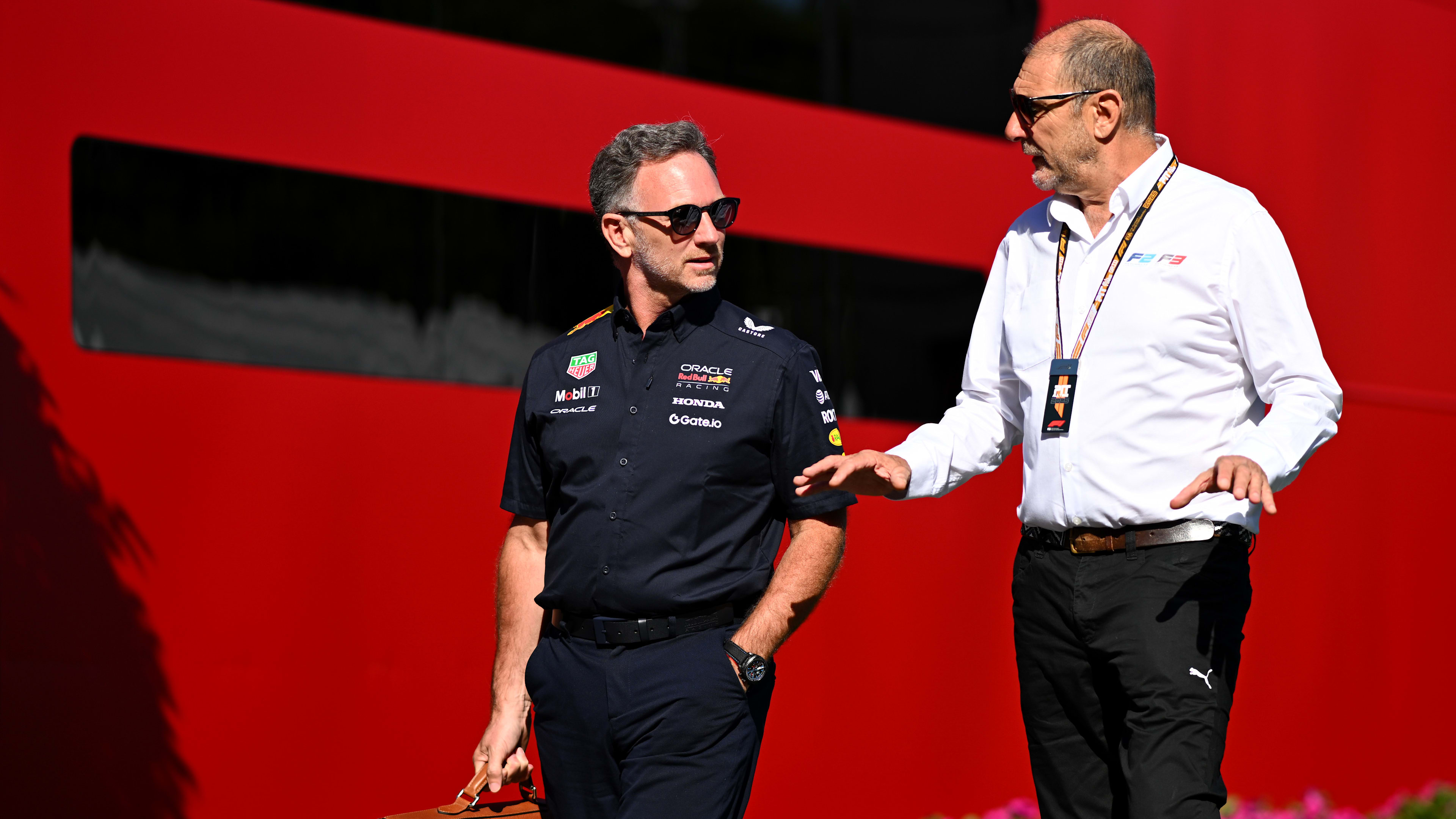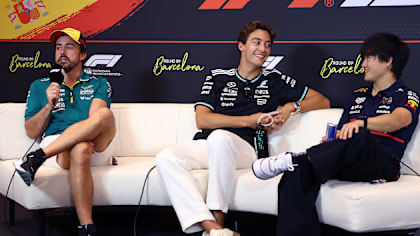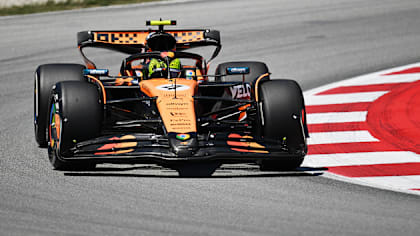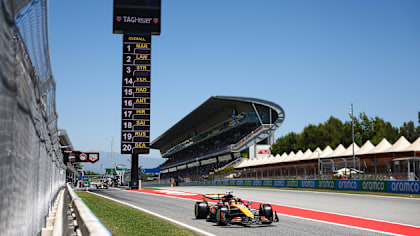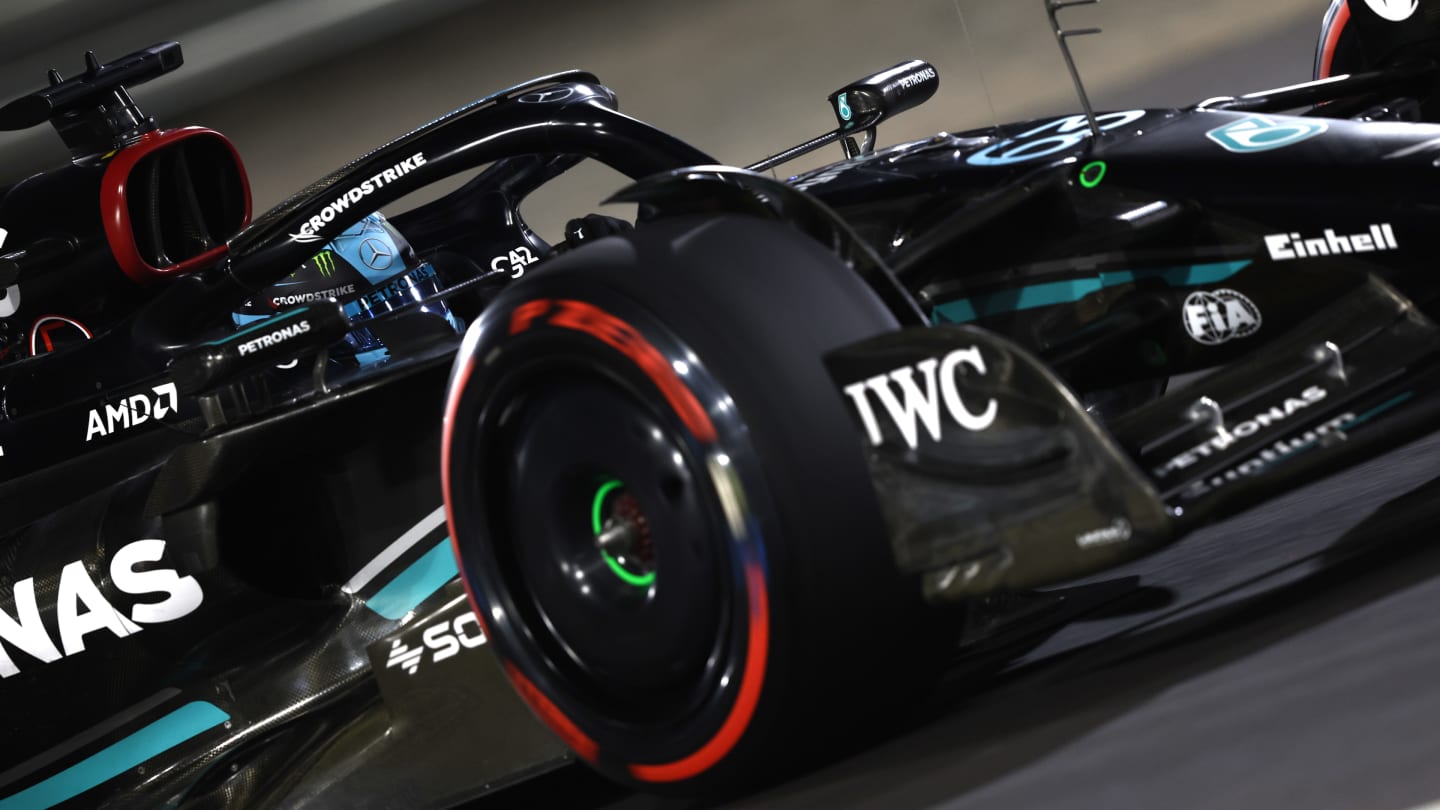
News
What tyres will the teams and drivers have for the 2023 United States Grand Prix?
Share

Pirelli have announced which tyres they will be bringing to the circuit for this weekend’s United States Grand Prix – the fifth Sprint weekend of the season and the second in a row.
F1’s Official tyre supplier have decided that the teams will have the option to run the C2 (hard tyre), C3 (medium tyre), and C4 (soft tyre) in Austin – the same tyre range last used at the Sprint weekend at Spa-Francorchamps in July.
IT'S RACE WEEK: 5 storylines we're excited about ahead of the 2023 United States Grand Prix
However, due to the revised Sprint format, there will be a change in the number of sets of tyres given to the teams. Pirelli will once again bring two sets of the hards, but they will also nominate four sets of the mediums, and just six sets of the softs.
The amount of medium compound tyres will be increased because of Saturday’s Sprint shootout, which will require the teams to run the mediums in both SQ1 and SQ2, with the softs only being used in SQ3.
“Austin kicks off a series of four races – three of them run consecutively – on the American continent and it all begins with the United States Grand Prix," said Pirelli's Motorsport Director Mario Isola.
/19-us23-preview-en)
Pirelli's tyre preview for the 2023 United States Grand Prix
"A land that is steeped in motorsport tradition but has truly made its F1 presence felt only in the last few years, thanks to all the different initiatives implemented by Liberty Media in a number of different areas.
“The Circuit of The Americas has hosted the United States Grand Prix every year since 2012, with the exception of 2020 when it was cancelled due to the COVID-19 pandemic. I would describe COTA as a complete track, with medium to high levels of downforce.
THIS WEEK IN F1: Take our quiz for a chance to win your name on the Abu Dhabi GP chequered flag
“Turn 1, a left-hander, is particularly distinctive at the end of a 22-metre climb, covered within just 200 metres of track distance. It makes the start particularly interesting, with drivers heading in a number of different directions to find the best line.
“That corner leads into a flowing first sector, characterised by a series of medium to fast corners all the way to the hairpin that is Turn 11. That’s then followed by a long straight leading into the final part of the track, which is instead typified by a series of slower and 90-degree corners.
/GettyImages-1571614063)
The drivers will be given the same range of tyres in Austin that they used for the Sprint weekend in Belgium
“The forces at work on the tyres are mainly lateral, and they are quite well balanced between front and rear, without a specific corner of the car being subjected to particular stress. It’s also important to have good traction in the slow corners.
“The asphalt is still quite bumpy, despite the partial resurfacing that took place last year. This can lead to the tyre sliding very slightly, which is a potential cause of overheating. The degradation seen at Austin is mostly thermal, while graining is quite a rare occurrence.
WATCH: Five great United States GP battles from the F1 archive
“The race has always been held in autumn: a time of year when the weather can be very changeable, even within a very short time span. It’s not uncommon to see alternately sunny and rain days, with a wide range of temperatures.
“The Sprint format comes to Austin for the first time this year; another opportunity for a fanbase that is becoming more and more enthusiastic about modern F1 to soak up some spectacular action.”
YOU MIGHT ALSO LIKE
News FIA Thursday press conference – Spain
Report FP1: Norris sets the pace from Verstappen and Hamilton during first practice in Spain
News ‘Not fun’ – Hamilton frustrated by tough Barcelona Friday as he vows Ferrari will ‘keep trying’ to solve issues
Live Blog AS IT HAPPENED: Follow all the action from first practice for the Spanish Grand Prix
